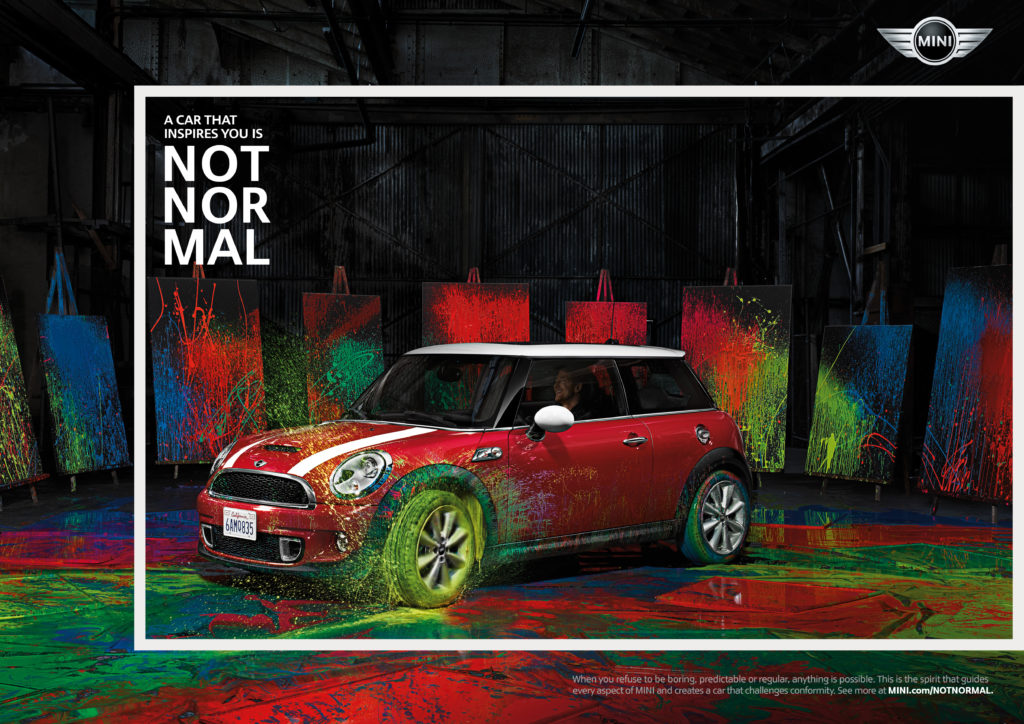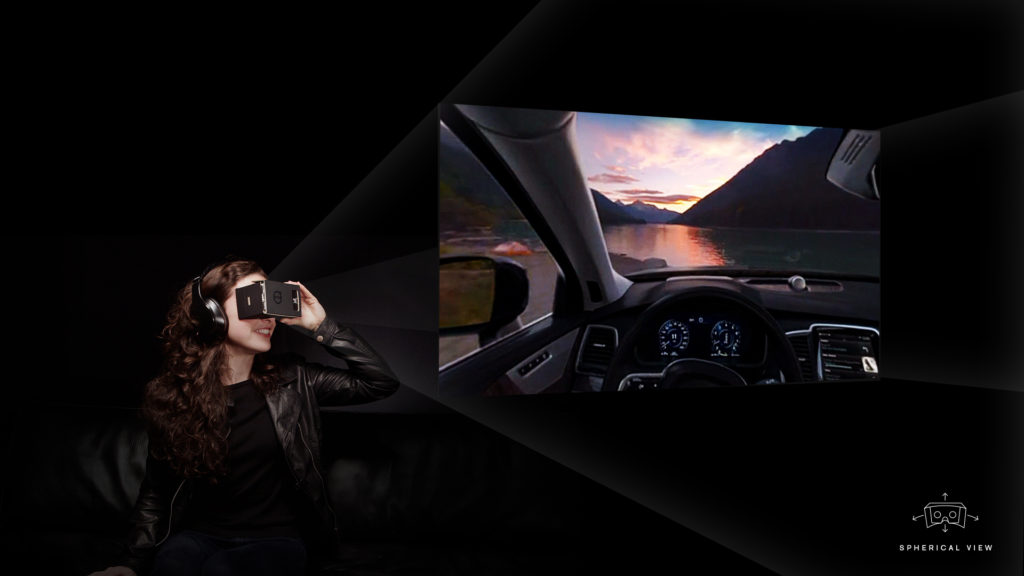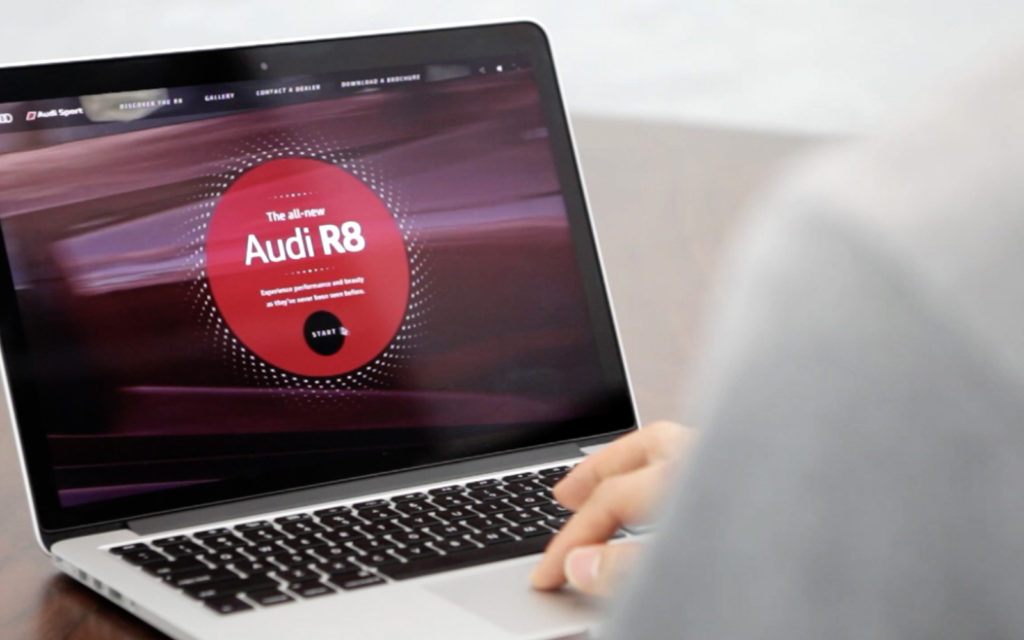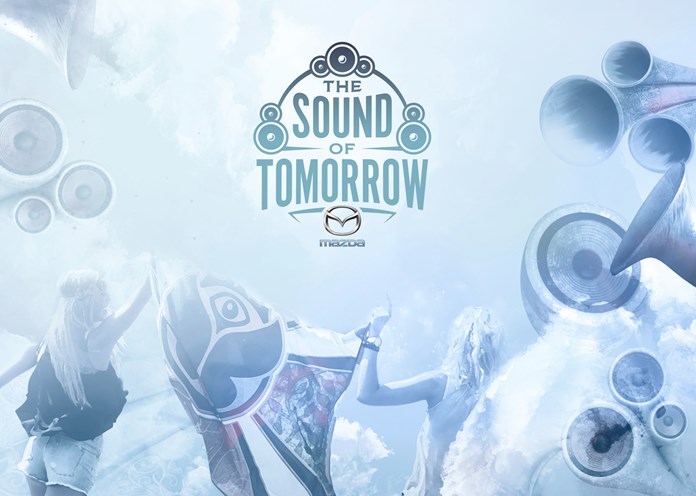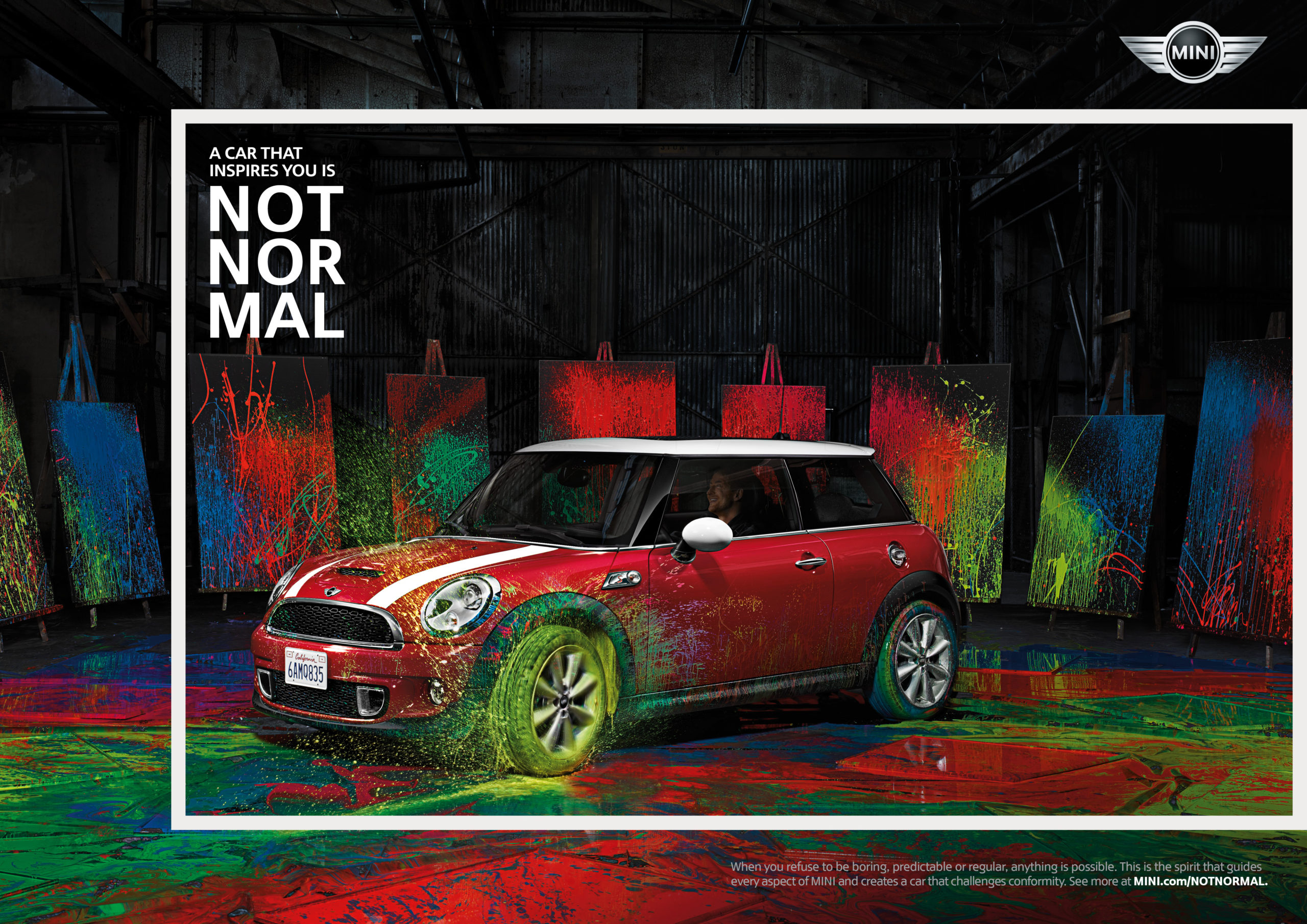
What comes to mind when you think of automotive marketing campaigns? A car driving through a beautiful tree lined valley? A Celebrity looking cool behind the wheel? Or beautiful people elegantly stepping out of a striking new car into a glamorous venue ? We all know the ones, they are all tried and tested formulas still being wheeled out today.
The problem is, consumers become more discerning every day and these adverts simply don’t impress anymore.
Thankfully, we’ve discovered a fine selection of automotive marketing campaigns that have broken the mould to set brilliant new standards in what is possible when marketing exciting new cars.
- NOT NORMAL Campaign by Mini
By “Butler, Shine, Stern & Partners” Agency. Summer 2013
MINI NOT NORMAL – CASE STUDY from dave newbold on Vimeo.
MINI’s Instagram posts “From the inside out, each MINI signifies passion, creativity and above all, love”. The brand lives up to its words.
MINI has always been famous for their extraordinary and fun commercials like “Britalian Job” or MINI Halloween commercial, so there is no surprise this claasic English brand appears on our list.
Yet the one campaign worth highlighting is the NOT NORMAL campaign by agency “Butler, Shine, Stern & Partners”.
In summer 2013 MINI turned all attention to drivers and the ‘NOT NORMAL’ relationship owners have with their cars.
Image Source; BMW Group
First, MINI reached out to consumers on social media and invited them to share their own #MININOTNORMAL stories.
The response was incredible; A huge MINI made of sand, a tiny MINI made of cookies, a paper-mache MINI costume, a MINI birthday cake and more than 2,000 other images and videos were all shared online.
While the best of them were saluted on MINI’s social media platforms and digital billboards all over the UK, one was transformed into a moving digital billboard and driven around London showing user generated content (UGC) shared on a specially created MINI art beat app.
Another app “MINI moments” shared pictures of MINI fans and drivers. Even Facebook got its own “MINI worldwide app” counting the number of fans.
However, it was just a warm-up to heighten people’s interest before the main event. BSSP agency went all out with the concept of real-time salutes.
For the whole week, specially trained “spotters” identified MINIs on the streets and greeted the drivers with personalised messages that appeared on the closest billboards.
They also invited them to get a free breakfast, dinner take away, drinks for the drivers, and a clean and refill for their cars.
Some drivers were even given flowers so they could surprise their loved ones.
For a whole week, 2000 MINI drivers had their day truly brightened up.
And the results?
MINI received incredible consumer feedback. It also got 230k+ online engagements, gained 30k+ followers on social media and helped brake new sales record with 51,933 models sold that year.
2. XC90 Experience in Volvo Reality
By R/GA Agency. 2014
Case Study Video: https://www.rga.com/work/case-studies/volvo-reality
With Virtual Reality starting to hit the mainstream, Volvo took the lead on this innovative platform and decided to do something different.
In 2014 when VR was still fairly new the “Volvo Reality” campaign was truly extraordinary.
When the agency R/GA was selected to create a marketing campaign for Volvo, they faced quite a challenge. The new Volvo XC 90 was to be announced at the Los Angeles Auto Show, a few months before the car was to hit show rooms.
The task was “to put people inside the car without it physically being there”. VR technology was the obvious choice.
Yet it had to be easily accessible for everyone. Google Cardboard came to the rescue. This low-cost VR headset substitute hadn’t been used by any brand before, which worked to benefit both Google and Volvo.
Branded cardboards were sent to key influencers before the Auto Show. All they had to do was to assemble it, put in the smartphone and run the Volvo Reality application inside.
The viewer could see with their own eyes what it was like to drive a truck in multiple environments and at different times of day.
Even if a user didn’t have a VR headset they could still experience new XC 90 in a panoramic 360 view through app.
By the time of the L.A. Auto show the hype around Volvo Reality was big, increasing when introduced into the retail centres.
With an impressive 400k app downloads, 40k+ virtual test drive and 416m+ media impressions the campaigns was a great success.
However this was nothing compared to the fact that the entire run of first edition of XC90 sold in less than 2 days.
Image Source; JudgesEyesOnly.com
3. Audi R8 Blink by Audi Australia
By “Holler” Agency. 2016
Audi R8 Blink (Case Study) from Jonathon Shannon on Vimeo.
Sports cars are incredible. Fact.
Not everyone can afford them. Also fact.
Often sports car brands don’t need to advertise new models heavily as they have a very specific (and wealthy) target audience who usually knows what they want even without seeing a commercial.
However, when brands want to reach new, younger consumers or simply have something massive coming up, a few challenges can appear.
Can you show the real speed of a supercar without breaking them? Audi Australia, with the help of agency Holler, found a solution.
Holler approached the challenge of advertising the new edition of the Audi R8 – the fastest production supercar ever created – from an entirely new angle.
They understood that a video of an Audi R8 racing wouldn’t be enough to show the real performance capability of the car.
The human eye cannot truly perceive the speed through the digital screen. If a viewer cannot feel a blast of wind from a passing Audi R8, why not show them how many meters they will miss in one short blink. If you’re wondering, the average number is an astonishing 37m.
Holler designed Audi R8 Blink. An immersive experience available to everyone here.
When viewers watched the Audi R8 racing down the airport runaway, a web camera calculated how many times they blink. The missed distance was shown at the end.
Even though the video lasted less than a minute, viewers spent on average 8 minutes online absorbed in the experience.
“Audi R8 Blink” worked so well that 100% of the campaign cost was covered in less than a week and return on investment reached 390% in total.
Understandable, as the website really does give you a taste of what driving a car like an Audi R8 feels like while importantly, showing it is more affordable then expected.
Image Source; holler.com
4. Mazda. The Sound of Tomorrow
By These Days. March – June 2016
Music festivals attract millions of people worldwide. And brands understand that this is a potential gold mine when trying to raise awareness among a young audience, traditionally a tricky target group for car manufacturers.
But as more brands create sponsorship experiences for the festival goer, to be noticed, they need to continually outdo themselves by creating unique experiences.
Mazda, as an official sponsor of Tomorrowland – the world’s biggest electronic music festival – with the help of These Days agency, used the new Mazda MX-5 to remix the most popular Tomorrowland track of 2016 – “Reality” by Lost Frequencies.
They built a gigantic record player recreating a DJ set, using the MX-5 as the needle on the turntable.
A Professional driver ‘drifted’ the car around the record player and every movement of the car and sound of the tires were recorded. With this recording, they created the song “The Sound of Tomorrow”.
Using the car as a needle to recreate the song is already cool enough, but These days didn’t stop there.
They started an online contest inviting users to recognise the drifted track for a chance to win tickets to Tomorrowland. (Competition expired)
Image Source; Mazda-Press.com
More than 400 000 people entered the contest, leading to 8.5m+ media impressions and an incredible 81% increase of brand appreciation among the targeted audience of 18-35 year olds.
And it wasn’t just the excitable festival goers who enjoyed the creativity of campaign, These Days received the Webby Awards – the most prestigious award of excellence on the Internet.
To create really stand out content Automotive brands must not only do something completely different, but also be able to use the context and deep understanding of the venue where the campaigns will be displayed.
Understanding your audience is crucial and content must be tailored to reach and engage them.
We operate in a noisy space and people are harder to connect with as attention is swallowed up, especially with mobile devices.
While these big events are great for grabbing attention on a large scale, creating engaging content doesn’t need to be so big or expensive.
Bespoke content created around the great things happing on a local level at retailers, beautifully immersed with brand news, is a proven way to build an engaged community.
Our HTML5 iDealership Magazine 2.0 allows you to shout about the great things happening at your retailers and your business while building long term engagement and enquiries that convert.
If you want to discuss how a content marketing strategy will help you win in an increasingly competitive world please get in touch for a chat on 020 7287 9233 or drop us an email on info@goldsanddigital.com.
